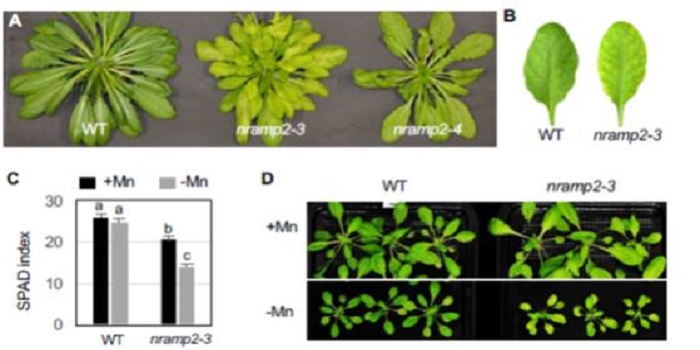
Intracellular distribution of manganese by NRAMP2 critical for photosynthesis and redox homeostasis
Blog, Plant Science Research Weekly, Research, Research BlogManganese is a micronutrient essential for the function of several proteins including manganese superoxide dismutase (localized in the peroxisome and mitochondria) and the photosystem II reaction center (localized in the chloroplast). Mn is transported via NRAMP (Natural Resistance-Associated Macrophage…
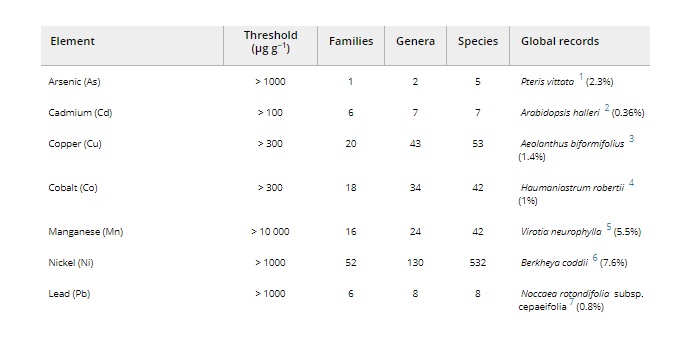
Letter: New database for metal and metalloid accumulating plants
Blog, Plant Science Research Weekly, Research, Research BlogPlants that can accumulate metals or metalloids in their living tissues to extremely high levels (hyperaccumulators) can be used to model metal uptake and biotic interactions and used for phytoremediation, among other uses. While the uses for hyperaccumulators are vast, until now a database with global…
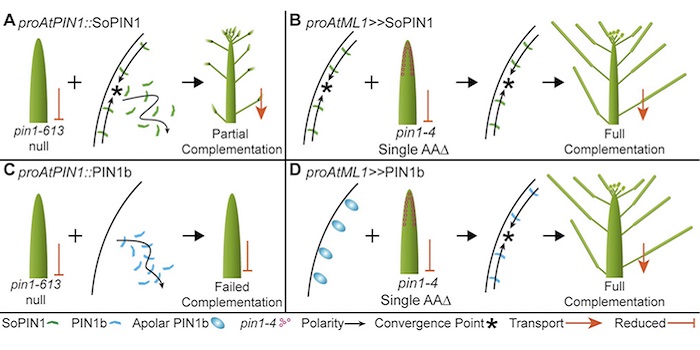
Cross-species functional diversity within the PIN auxin efflux protein family
Blog, Plant Science Research Weekly, Research, Research BlogPolar localized PIN FORMED (PIN) efflux carriers proteins organize directional auxin flow and accumulation. Most flowering plants have another family of PIN proteins called Sister of PIN1 (SoPIN1), which Arabidopsis and members of the Brassicacea family do not have. The grass Brachypodium dystachion…
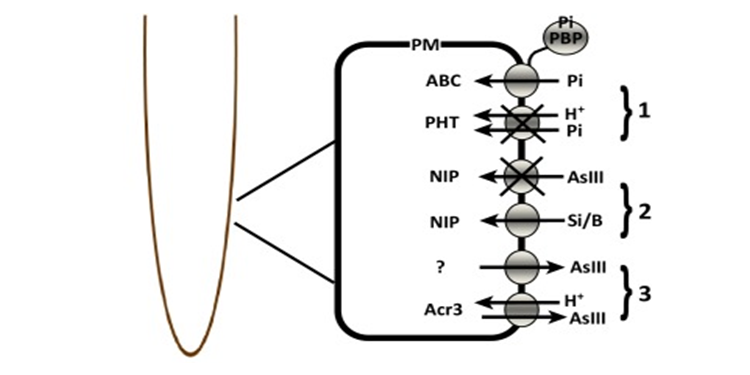
Review: New molecular mechanisms to reduce arsenic in crops ($)
Blog, Plant Science Research Weekly, Research, Research Blog“Over 200 million humans are at risk of arsenic poisoning,” due to arsenic in groundwater and its uptake into crops. Our understanding of the transporters through which arsenic enters the plant, moves through the plant, and enters the seed has increased substantially in recent years, opening the…
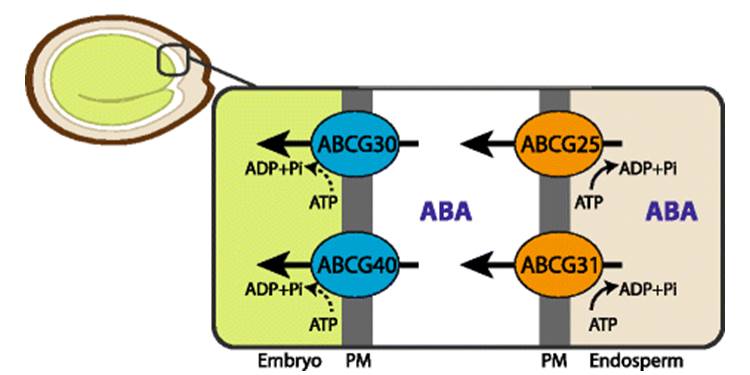
Review: Plant hormone transporters: what we know and what we would like to know
Blog, Plant Science Research Weekly, Research, Research BlogHormones are signaling molecules, and in most (but not all) cases part of their function is to convey information from one cell or tissue to another, sometimes from cell-to-cell and sometimes through vascular tissues. Park et al. review our current state of understanding of transporters for diverse…

Strategy for enhancement of iron and zinc in biofortified rice
Blog, Plant Science Research Weekly, Research, Research BlogPolished white rice is a major food source for much of the world but is not a good source of the essential micronutrients iron and zinc. Like microbes, plants enhance their uptake of iron from the environment by synthesizing small “iron carrying” molecules called respectively siderophores or phytosiderophores…
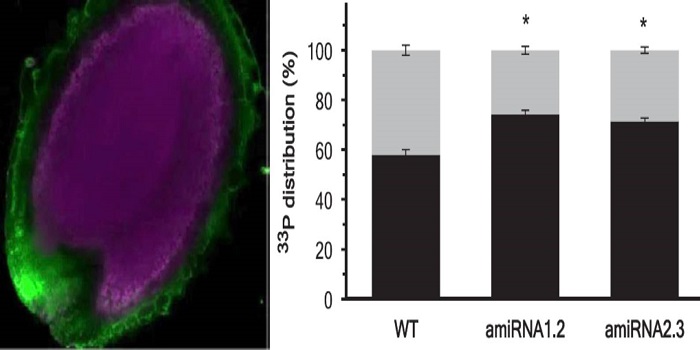
Phosphate transfer from maternal tissue to embryo
Blog, Plant Science Research Weekly, Research, Research BlogMany nutrients move through the plant body via the phloem. The developing embryo, which depends on the maternal plant for its nutrients, is not directly (symplastically) connected to maternal tissues, so nutrients must be exported across membranes to reach the embryo. PHO1 was identified previously as…
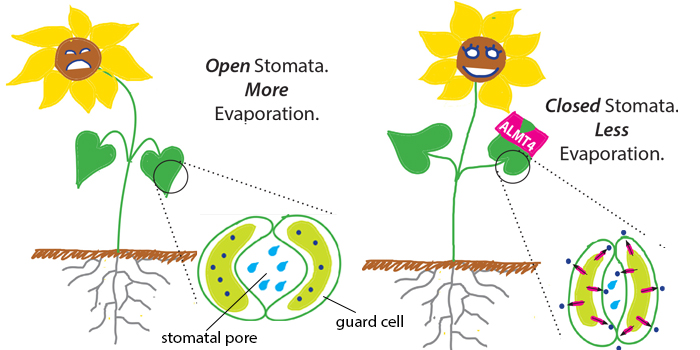
An Ion Channel Active in Plant Drought Response
Research, The Plant Cell, The Plant Cell: In a NutshellEisenach et al. discover A new ion channel of the plant vacuole helps plants react to drought https://doi.org/10.1105/tpc.17.00452
By Cornelia Eisenach
Background: Stomata are small pores on plant surfaces that facilitate diffusion of CO2, O2 and water vapor between plant and atmosphere. During…
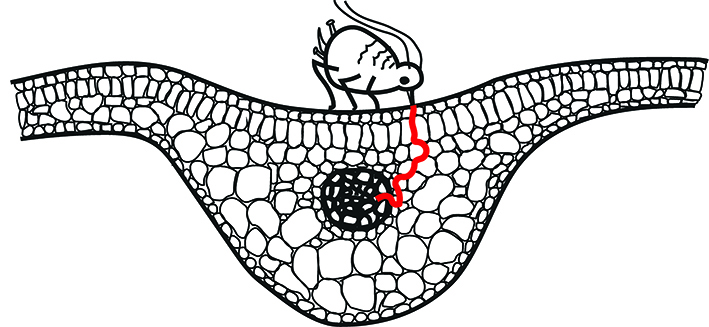
A Plant Protein That Foils Aphid Feeding
Research, The Plant Cell, The Plant Cell: In a NutshellKloth et al. probe aphid feeding behavior. The Plant Cell 2017 doi: 10.1105/tpc.16.00424
By Karen Kloth
Background: Aphids are phloem-feeding insects. They penetrate plants with a piercing-sucking mouth. Once they reach a tube where the plant transports its sugar-rich phloem sap, they can take…

